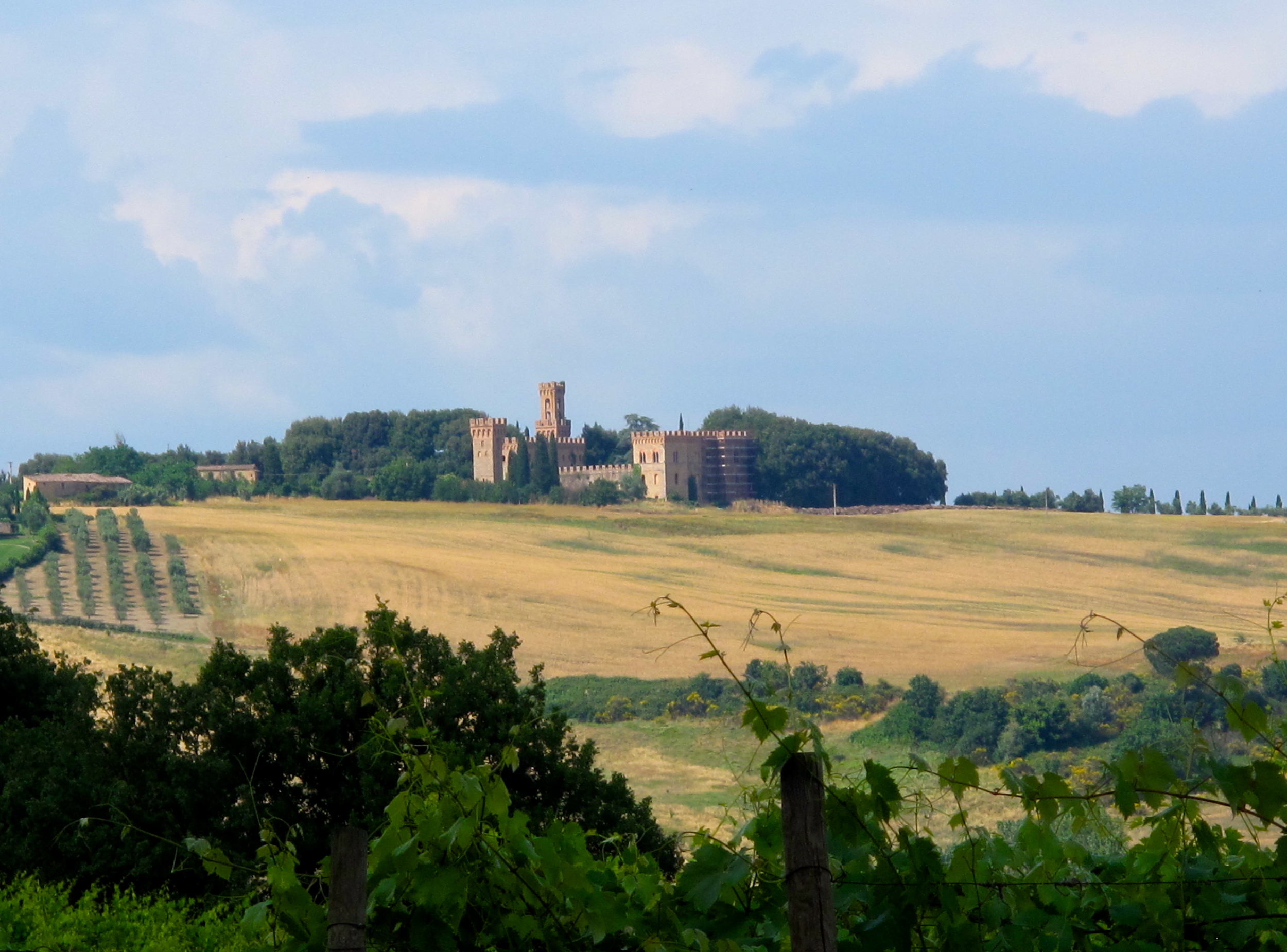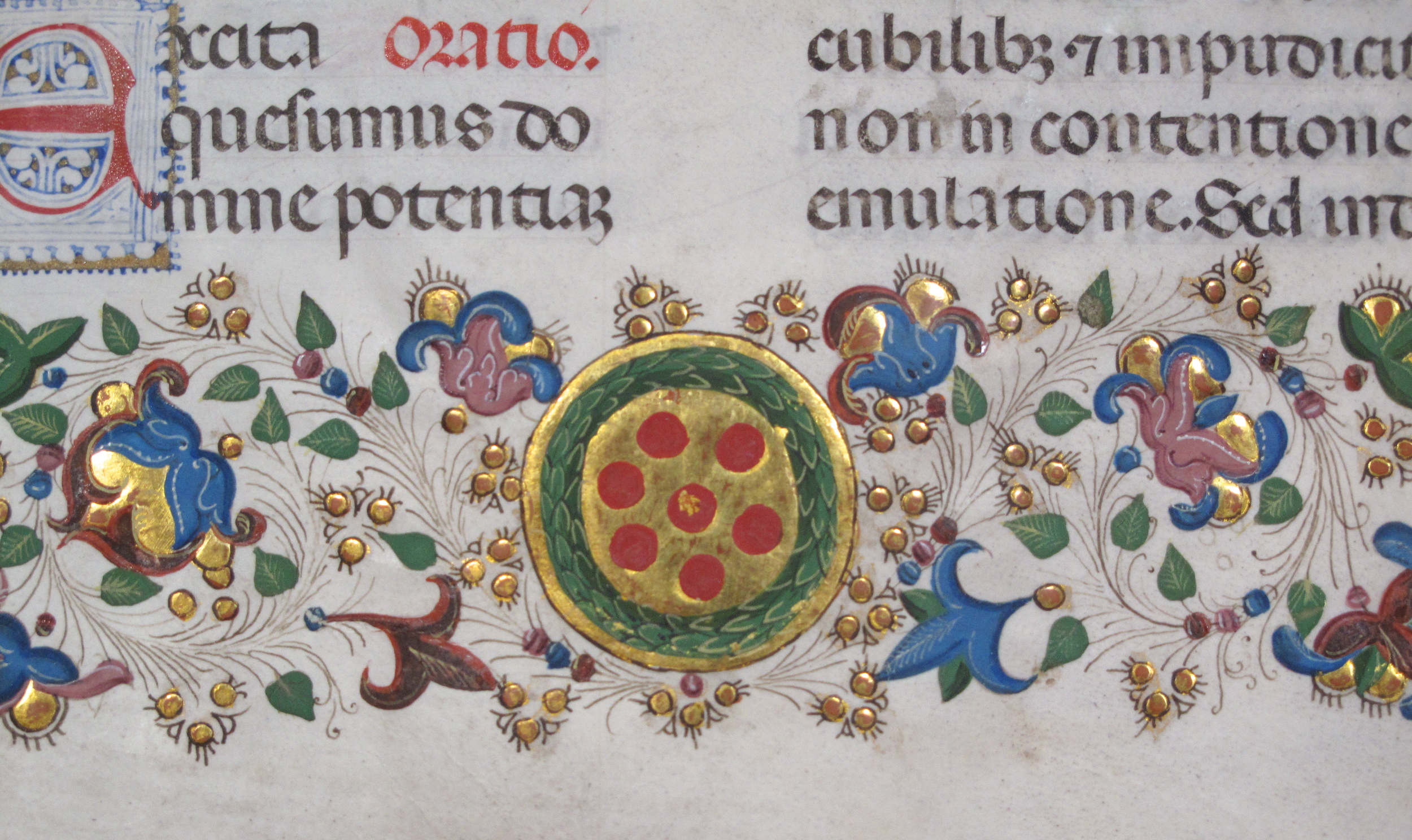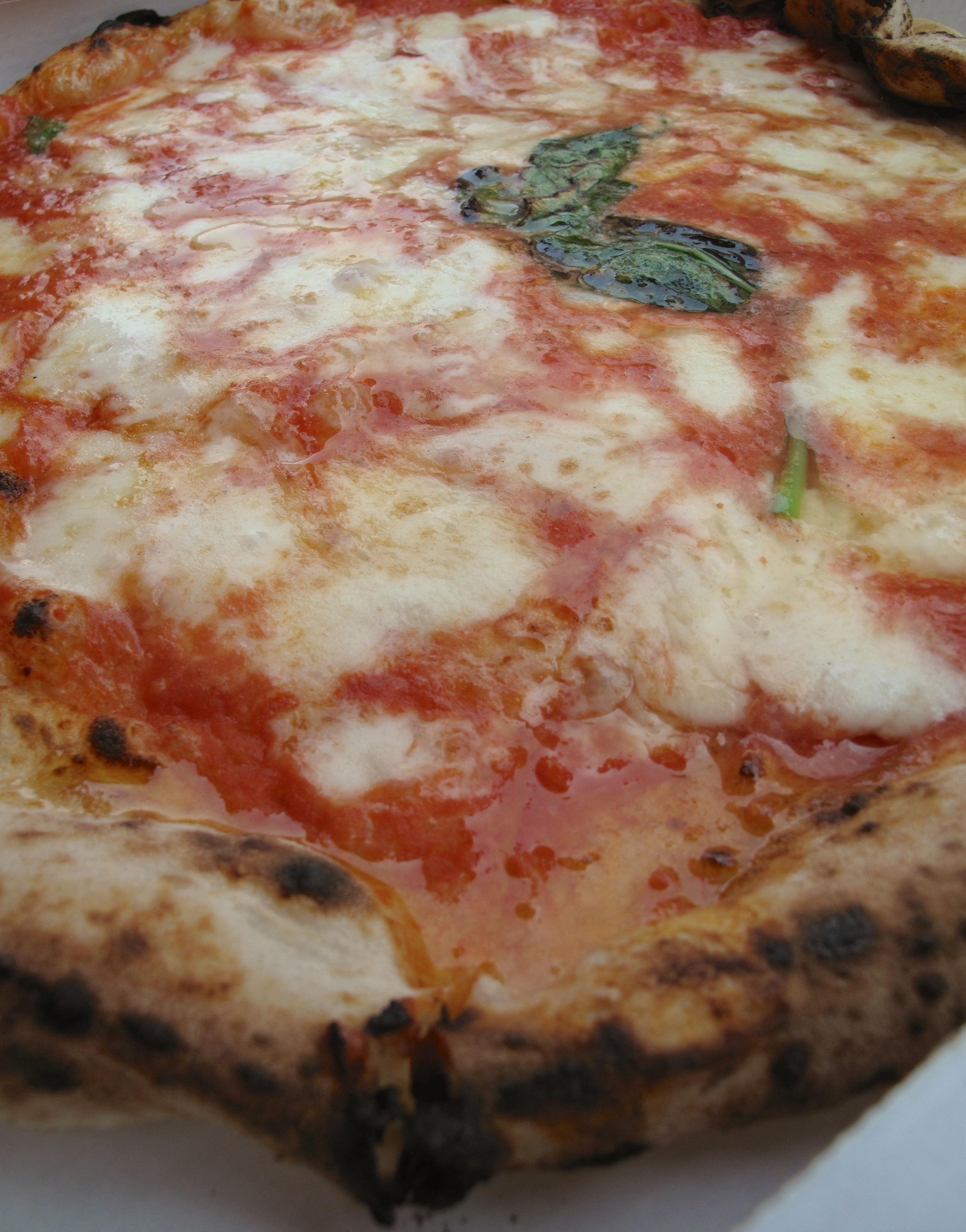BEING LOST
For a whole year, I lost myself.
Leaving the familiarity of home, to live overseas, was like stepping off the edge of my world into a vast, dark chasm, and telling myself it would all work-out in the end. There was no grounding underfoot, none of the usual stability; instead it was a stumble-off-the-path-of-my-own-life and fend-for-myself series of moments.
I was lost, and yet, I found so much more of myself out there. Those parts of me that were waiting in the wilderness, to merge again with the whole, and show me who I could be. Who I am.
Sometimes I was so lost that I could distinguish where my self began and ended. Sitting on the parquet floor in a hotel room in Limoges, I tried to find some string that tied my own self to something, anything at all. Like Peter Pan, asking Wendy to sew his shadow back onto his feet. Being completely and utterly untied was one of the most difficult and weirdest feelings I have ever experienced. It was a hollow feeling, one that seemed to shrink me to some small point, stripping me back to almost nothing, as there was no reference to go from - nobody to see me or know me. Just a tiny being in a room with unlimited horizons.
THE SCIENCE OF BEING LOST
In neurological studies, a person's inability to way-find is referred to as topographical disorientation, indicating that the feeling of being lost is mainly a spatial issue. Some researchers talk of an internal sense of direction, which can become a little muddled when one is spun around a few times, eyes closed, like a child at a piñata party. And yet, there is much more to the feeling of being lost than simple spatial disorientation, as many historians would point out. Take, for example, the exploration of America - a country 'discovered' many times over. Various intrepid explorers have made their way through these once unfamiliar lands, without ever losing themselves the way many people might dangerously lose themselves in a national park nowadays.
“I was never lost in the woods once in my whole life, though once I was confused for three days.”
Historian Aaron Sachs believes that these explorers found their way by 'reading' the landscape using various navigation tools as well as their intuition. Similarly, the native Wintu population of central California have a system of reading the landscape that is engendered in their language. The Wintu do not refer to a 'right' or 'left' arm or leg, instead they use the cardinal directions to centre themselves in space - 'west arm,' 'north leg.' In this way, their self is not divorced from the surrounding landscape, but is instead found within it. A self not separated from sky nor mountains...
THE ART OF BEING LOST
To lose oneself implies not just a misunderstanding of space, but also a loss of the 'self' - the identity we hold onto so tightly. In some ways, the two are inextricably linked, as an unfamiliar place forces a person to surrender to the moment - to cut all ties from the familiar, and reorientate their being to the present situation: to simply accept the unknown. It is this loss of self, this extension of our own boundaries into that unknown that pushes us. And thus arises the plethora of quotes about travel inducing a new perspective in people's lives.
Many artists and novelists have pointed out that, by becoming lost, one may find a fuller version of oneself. In fact, the theme of the life-changing journey is one that has been touched on for millennia. Think: Homer's Odyssey.
Rebecca Solnit posits that it is within the space of the unknown that we may find out more about ourselves. Scientists are like fishermen, she says, hauling-in uncertainties, caught in their nets, to inspect them in the light of day. However, it is the artists who are the true boatmen - ponting us out into that dark sea...
And what would we find out there?
Are we not searching, exploring perhaps, for those things unknown to us - a greater sense of compassion, for example?
Sometimes, I would think about such things on my travels. 19,000 kms from home, I extended my boundaries and pushed myself so far beyond who I thought I was as a person. And sometimes I would laugh, because that person had been there all along, waiting like a bright spark inside of me.
“Who are you, yourself and nameless?”
I often found myself actually physically lost in space. One such time was in a the countryside of Tuscany...
FINDING MYSELF IN THE TUSCAN COUNTRYSIDE
We had been sitting poking at ants on the sidewalk for an hour before the bus showed up. It took us to Montalcino, a medieval-walled village set on a hilltop.
I sat on the wall and poured myself into the map, charting a route from 'a' to 'b.' That 'b' was Pienza - another small hilltop village, an indeterminate distance from Montalcino. Oliver bided his time, eating lunch and walking with arms outstretched along the rocks.
We started off uncertain, and ninety-percent carefree.
Below the village, we passed row upon row of grape-vines.
The air was hot and fresh, with a hint of kicked-up-dust and the smell of wild jasmine.
It didn't take long to get lost, out there where the dirt lanes converged and then ran apart again like waterways along a dry tundra. After bending the map a little, and trying to situate our surroundings to the squiggly red and yellow lines on the page, we just simply let go of it all.
Letting go of the plans for the day was difficult, but there was so much more to be had from being lost...
We found ourselves wandering, without a clue, between giant cypress trees, beside golden wheat fields, and past large fortresses.
We stopped every now and again to climb a hill, or to talk with the grape-pickers, or taste the crab-apples growing on a small tree beside the path.
Then, parched from the Tuscan sun, and entering 'moses wandering through the desert' territory, we started to search for water. We found a hose, in a deserted monastery, under a tree buzzing with bees. We bypassed that water. Later, a lake, with milky blue waters, where we swam a little but did not drink. And finally, nearing the end of the day - a kindly old gentlemen who let us drink from the tap outside his house.
The rain came on as we sat by a bus stop. We caught the last bus of the day, and then watched as the lightning rolled across the land.
“It is a surprising and memorable, as well as valuable, experience to be lost in the woods anytime. Not till we are completely lost or turned round - for a man needs only to be turned round once with his eyes shut in this world to be lost, - do we appreciate the vastness and strangeness of nature. Not till we are lost, in other words, not till we have lost the familiar world, do we begin to find ourselves. ”





























